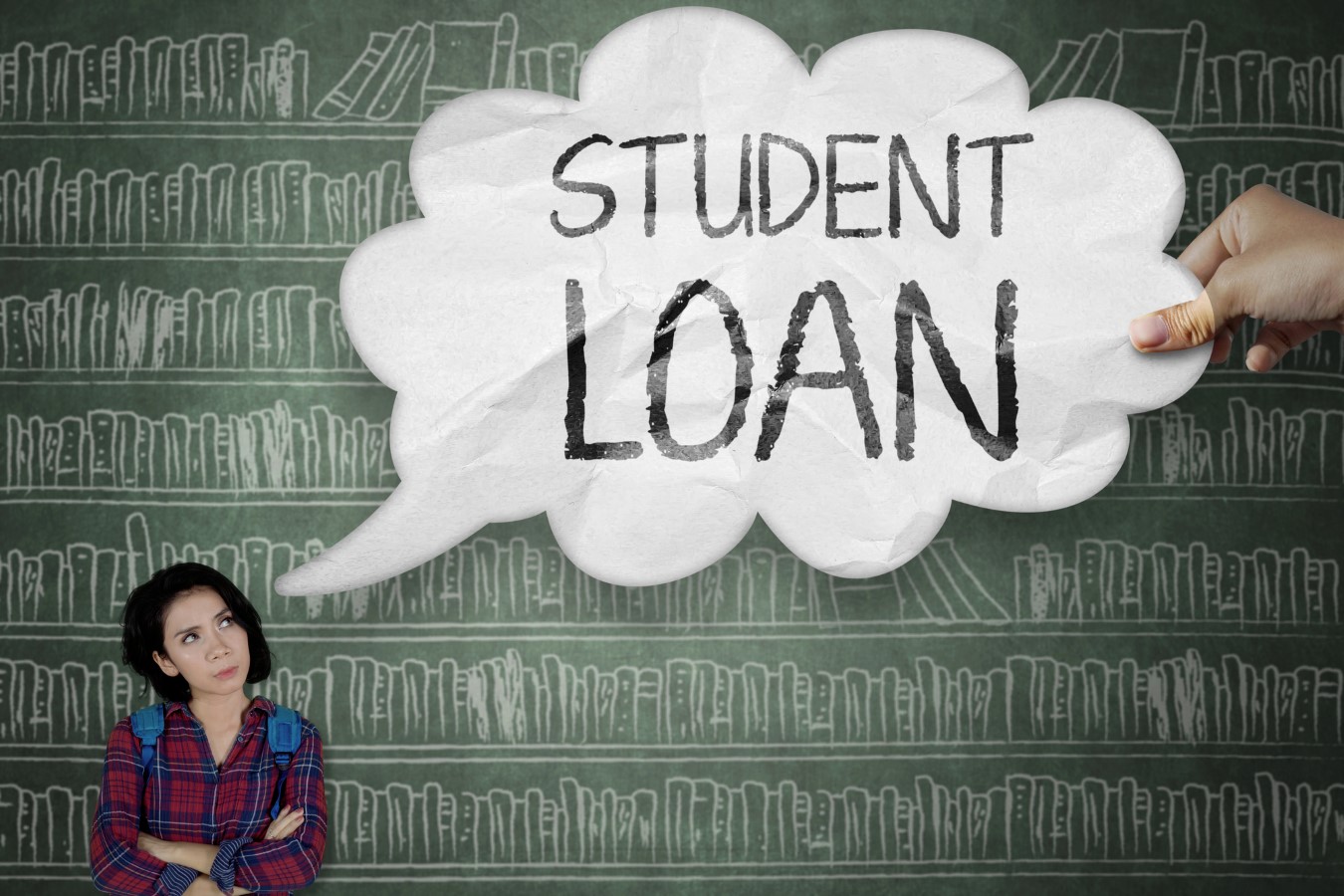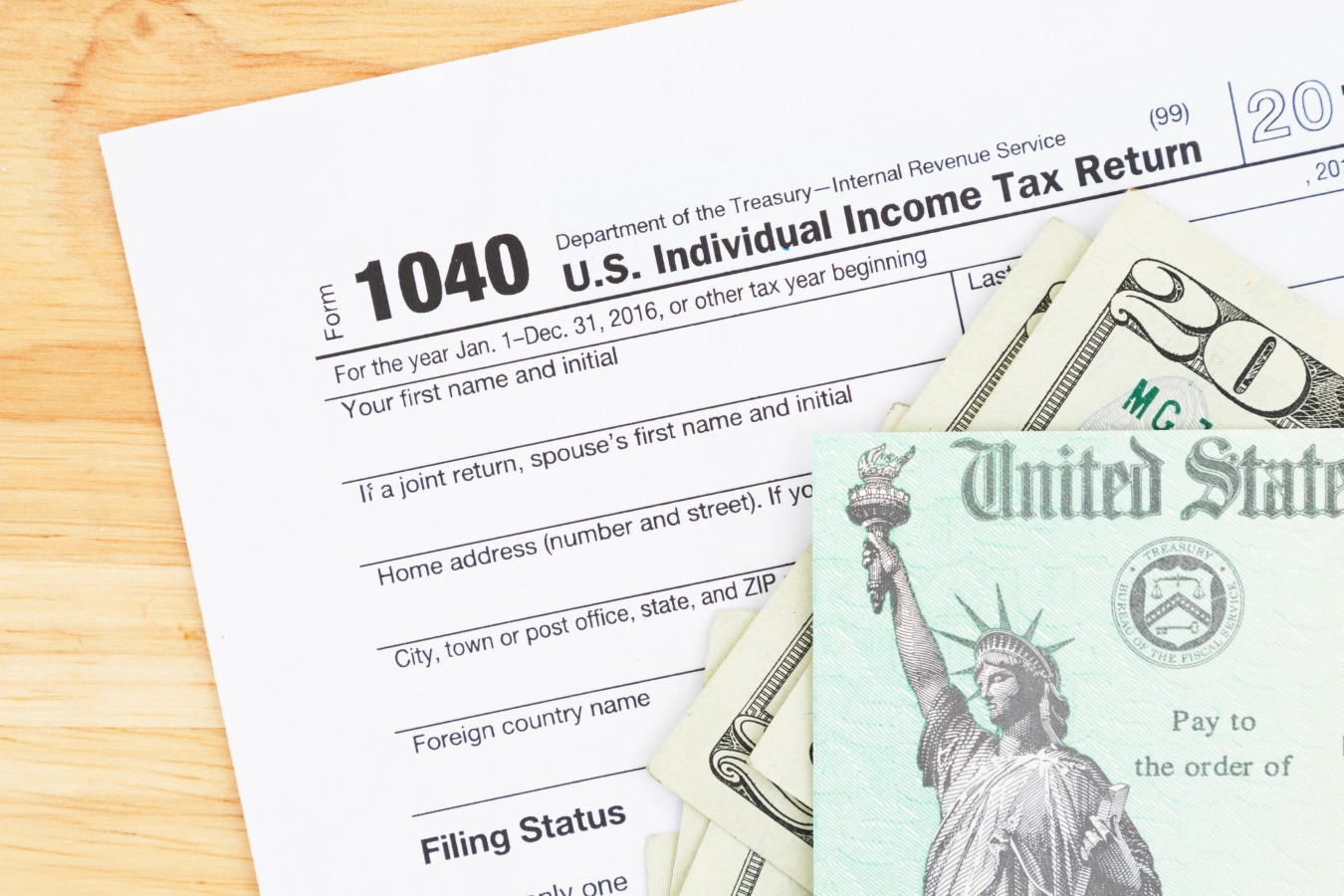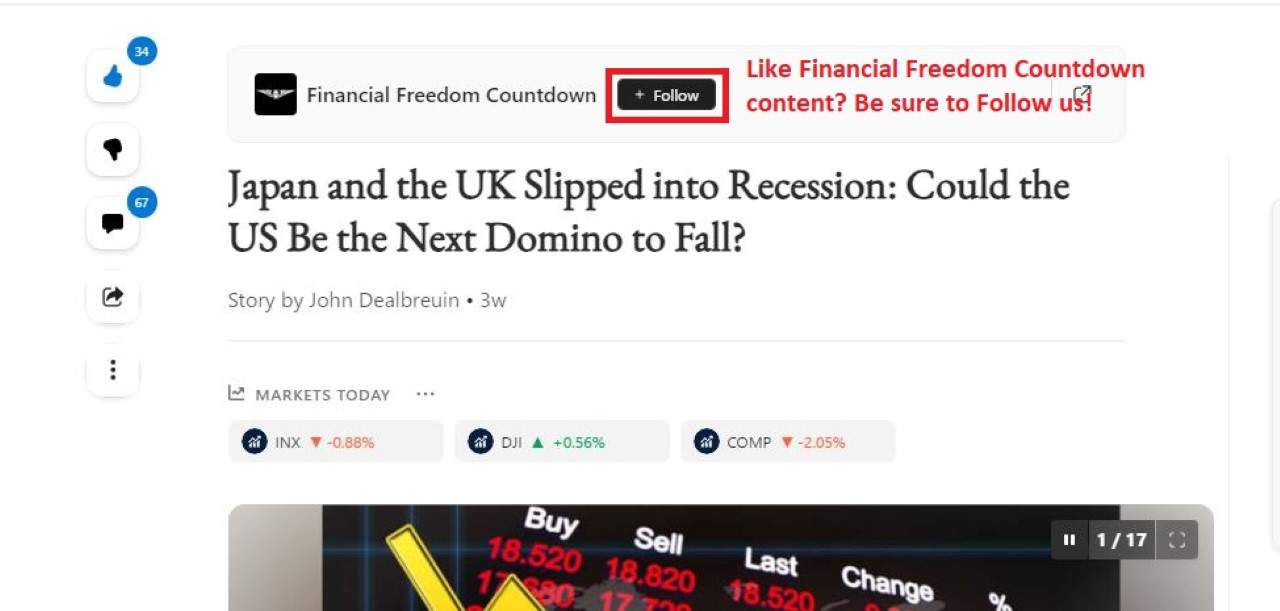Student Loan Pauses Are Ending — And A Stricter 2027 Rule Could Cost Borrowers Thousands – Financial Freedom Countdown
Millions of borrowers have leaned on student loan forbearance as a safety net when times get tough. But what feels like relief now could become a much tighter squeeze later.
Starting in 2027, the federal government will sharply limit how long borrowers can pause their payments, ending a long era of lenient extensions that quietly fueled ballooning debt balances.
The change highlights a growing truth: forbearance can help in the short term; but it’s also one of the fastest ways to make your student loans grow out of control.
Why Borrowers Rely on Forbearance

For many Americans, loan forbearance has been a lifeline.
Whether from job loss, illness, or temporary hardship, it allows borrowers to pause or reduce payments without going into default.
But there’s a hidden cost. Interest never stops accumulating. When payments resume, the unpaid interest often gets added back to your loan; so you end up paying interest on your interest.
What looks like a brief timeout can quietly inflate a $30,000 balance into something far harder to repay.
How the 2027 Rule Change Shakes Things Up

Beginning July 1, 2027, new federal student loan borrowers will face strict new limits. Under the One Big Beautiful Bill Act (OBBBA), they’ll be allowed only nine months of forbearance within any 24-month period.
That’s a sharp departure from the current system, where borrowers can often string together multiple years of pauses.
The goal, according to federal officials, is to stop “forbearance drift”; the cycle of borrowers repeatedly pausing payments while balances grow unchecked.
Supporters say the new rules will push borrowers toward more sustainable solutions.
Critics call it tone-deaf at a time when many graduates are still digging out from pandemic-era job losses and inflation.
How Forbearance Really Works

When your loan is in forbearance, your obligation to make monthly payments stops, but the meter on interest keeps running.
For most federal loans, that interest is capitalized; added to the total balance once forbearance ends. Over time, that compounding effect can add thousands of dollars to what you owe.
It’s important to remember that federal and private loans don’t follow the same rules.
Federal loans have standardized protections and clear limits.
Private lenders decide individually whether to allow pauses; and how much interest builds in the meantime.
Borrowers should always double-check the fine print before assuming “pause” means “free.”
Forbearance vs. Deferment: One Costs More Than the Other

While both stop payments temporarily, deferment is the better deal if you qualify.
During deferment, the government may cover interest on certain subsidized loans; preventing your balance from growing.
In forbearance, you pay every penny of interest, even while you’re not making payments.
That’s why many experts recommend treating forbearance as a last resort, used only for short-term emergencies.
Why the Government Is Tightening the Rules

Federal watchdogs have long criticized how loan servicers used forbearance as a default solution instead of helping borrowers find lasting repayment options.
A review found that many servicers encouraged forbearance even when borrowers qualified for income-driven repayment (IDR) plans that could have lowered payments without adding to their debt.
By capping the total months allowed, the Department of Education hopes to force servicers and borrowers to consider repayment plans first; not endless pauses that mask deeper affordability problems.
Smarter Alternatives to Forbearance

If you’re struggling, it’s worth exploring better-structured programs before opting for a pause:
Income-Driven Repayment (IDR): Ties payments to your income, often as low as 5–15% of discretionary earnings, with forgiveness after 20–25 years.
Extended Repayment: Stretches repayment up to 25 years, lowering monthly costs.
Refinancing: If you have a strong credit profile, consolidating at a lower rate can save thousands in interest over time.
These approaches may not offer instant relief, but they prevent balances from snowballing and keep you eligible for loan forgiveness programs.
What Borrowers Should Do Now

If you’re already in forbearance, contact your servicer to understand how much interest has accrued and whether switching to an income-based plan makes sense.
If you’ll be borrowing after 2027, plan ahead; the new restrictions will make it harder to “pause” your way out of trouble.
And for everyone else, remember: the less time your loans spend in forbearance, the better your long-term financial outlook will be.
Forbearance for Relief Comes at a Price

Forbearance can keep you afloat; but it’s not a free lifeboat. Every month paused comes with a hidden interest bill that compounds into the future.
The 2027 reforms aim to rein in that cycle by limiting how long borrowers can coast.
Use forbearance sparingly, explore income-based plans early, and treat it as a safety valve; not a strategy.
Like Financial Freedom Countdown content? Be sure to follow us!
Why Many Seniors Are Ditching Medicare Advantage for Medigap; Even With Higher Premiums

As Medicare open enrollment heats up, millions of seniors are facing one of the most consequential financial decisions of retirement: whether to stay with a Medicare Advantage plan or switch to a Medicare supplemental policy; better known as Medigap. The choice doesn’t just determine monthly costs; it can also affect access to doctors, treatment options, and out-of-pocket spending for years to come.
Why Many Seniors Are Ditching Medicare Advantage for Medigap; Even With Higher Premiums

The Social Security Administration announced that monthly benefits will increase by 2.8% in 2026, slightly above this year’s 2.5% cost-of-living adjustment (COLA). While the news might sound positive, many seniors say it’s far from enough to keep pace with the surging cost of everyday necessities.
Social Security’s 2.8% COLA Raise Could Be Wiped Out by Soaring Medicare Costs, Experts Warn
Big 2026 Refunds Ahead as Trump’s Tax Bill Kicks In, JPMorgan and Oxford Economics Say

Millions of Americans could see significantly larger tax refunds when they file their 2025 returns early next year; and both Oxford Economics and JPMorgan Asset Management say the surge is real. The driver behind the coming “refund wave” is former President Donald Trump’s “One Big Beautiful Bill Act,” a sweeping tax overhaul that took effect retroactively at the start of 2025. Both research firms say the combination of new deductions, delayed IRS withholding adjustments, and expanded tax breaks will result in tens of billions in overpaid taxes being refunded in 2026. Oxford Economics estimates that total taxpayer savings could reach $50 billion through bigger refunds or lower 2026 tax bills. JPMorgan’s strategists say the early-year refund bump could be strong enough to noticeably lift household spending and short-term economic growth.
Big 2026 Refunds Ahead as Trump’s Tax Bill Kicks In, JPMorgan and Oxford Economics Say

Did you find this article helpful? We’d love to hear your thoughts! Leave a comment with the box on the left-hand side of the screen and share your thoughts.
Also, do you want to stay up-to-date on our latest content?
1. Follow us by clicking the [+ Follow] button above,
2. Give the article a Thumbs Up on the top-left side of the screen.
3. And lastly, if you think this information would benefit your friends and family, don’t hesitate to share it with them!

John Dealbreuin came from a third world country to the US with only $1,000 not knowing anyone; guided by an immigrant dream. In 12 years, he achieved his retirement number.
He started Financial Freedom Countdown to help everyone think differently about their financial challenges and live their best lives. John resides in the San Francisco Bay Area enjoying nature trails and weight training.
Here are his recommended tools
Personal Capital: This is a free tool John uses to track his net worth on a regular basis and as a retirement planner. It also alerts him wrt hidden fees and has a budget tracker included.
Platforms like Yieldstreet provide investment options in art, legal, real estate, structured notes, venture capital, etc. They also have fixed-income portfolios spread across multiple asset classes with a single investment with low minimums of $10,000.




